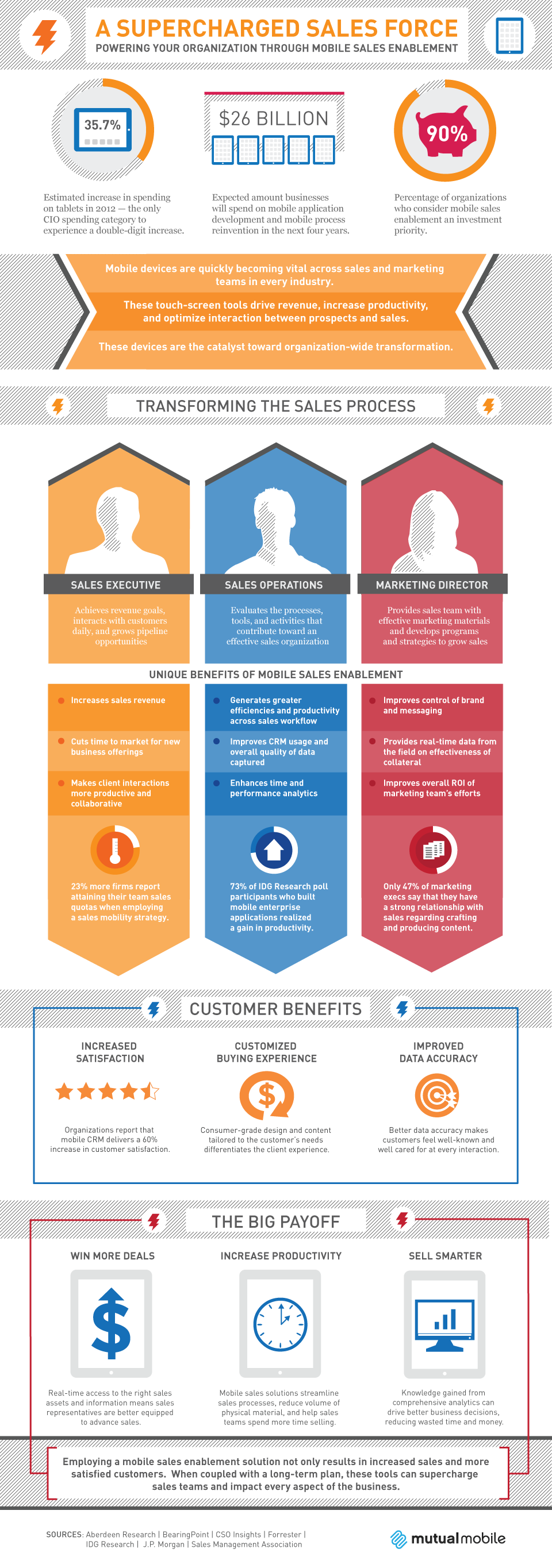You can’t guess it. But the numbers show. Its in Inside Sales. So whats Inside Sales?
- refers to sales positions done remotely from headquarters, without face-to-face meetings with clients
The number of inside sales jobs has increased dramatically in recent years, far outpacing the growth in jobs for field salespeople.
- Astra Zeneca has replaced virtually all of its field sales force support for its mature brand Nexium with a 300-person inside sales team. The team provides for most doctors' basic needs for samples and information at a substantially reduced cost.
- IBM has invested in social media training, toolkits and personalized digital pages to help its inside salespeople generate leads and manage account relationships. Early results include a 55% increase in Twitter followers and a significant increase in the number of high-quality inbound leads.
- SAP has refocused its large and growing inside sales team towards working with channel partners, rather than directly with customers, as part of a strategic initiative aimed at increasing channel sales to 40% of the company's total sales by 2015.
inside sales reduces cost-of-sales by 40-90% relative to field sales, while revenues may be maintained or even grow. Benefits include:
- Reduced sales force cost-per-contact and increased number of contacts per day
- Increased revenues in accounts that were lowest priority for field sales, but are high priority for inside sales
- Greater access and faster response times for customers
- Increased effectiveness by specializing inside salespeople by industry, product or activity, without the increased territory size penalty that specialization creates for field sales teams
- Flexibility to scale up the size of inside sales teams without relocation of salespeople
- Better coaching and development for inside salespeople who share a working location with their manager, resulting in shorter ramp-up and more apprenticeship.
When focused on the right market segments, stages of the customer engagement process, and product/services, inside sales drives huge sales force efficiency improvements with little or no effectiveness loss.
Excerpted from http://blogs.hbr.org/cs/2013/07/the_growing_power_of_inside_sa.html






 your comfort zone, you just might be on the right track. Sprechen sie the language of innovation?
your comfort zone, you just might be on the right track. Sprechen sie the language of innovation?
 small groups to sketch out designs and marketing campaigns for each one. All the while, Musselman (who in real life is a startup veteran known as George Nachtrieb) advised people: “Say yes to everything.”
small groups to sketch out designs and marketing campaigns for each one. All the while, Musselman (who in real life is a startup veteran known as George Nachtrieb) advised people: “Say yes to everything.”  the long-term success, in maintaining competitiveness (Tidd et al., 1997; Cooper, 1999; Bernstein & Singh, 2006) and increasing the probability of succeeding in the market place (Cooper, 2000; Gielens & Steenkamp, 2004; Urban & Hauser, 1993). In the same vein, Innovation 2010, a study conducted by BCG, a consultancy, targeting the most innovative worldwide companies reveal that more than 72 percent of the senior managers consider innovation one of the top three priorities (up from 63 percent on 2009). Hence, as essential as innovation becomes, more attention should be directed on the corporate culture that embraces it.
the long-term success, in maintaining competitiveness (Tidd et al., 1997; Cooper, 1999; Bernstein & Singh, 2006) and increasing the probability of succeeding in the market place (Cooper, 2000; Gielens & Steenkamp, 2004; Urban & Hauser, 1993). In the same vein, Innovation 2010, a study conducted by BCG, a consultancy, targeting the most innovative worldwide companies reveal that more than 72 percent of the senior managers consider innovation one of the top three priorities (up from 63 percent on 2009). Hence, as essential as innovation becomes, more attention should be directed on the corporate culture that embraces it. 

 Now 19-month-old Kaiba Gionfriddo is “into everything”, says his mother, April Gionfriddo.
Now 19-month-old Kaiba Gionfriddo is “into everything”, says his mother, April Gionfriddo.  One
One 


 What am I doing? I have met many senior folks who want to focus on their work, not on themselves and not on the logistics of how they do it. Many take this as a necessary evil, some dread it. Maybe there’s an answer to this. Its how Sony entrusted its key product to an outside consultant.
What am I doing? I have met many senior folks who want to focus on their work, not on themselves and not on the logistics of how they do it. Many take this as a necessary evil, some dread it. Maybe there’s an answer to this. Its how Sony entrusted its key product to an outside consultant. 
 inserting all the codes, pauses, #, *, and 1s for you.
inserting all the codes, pauses, #, *, and 1s for you. 






